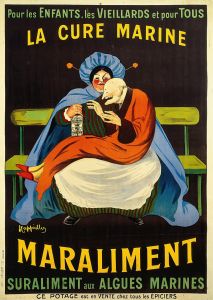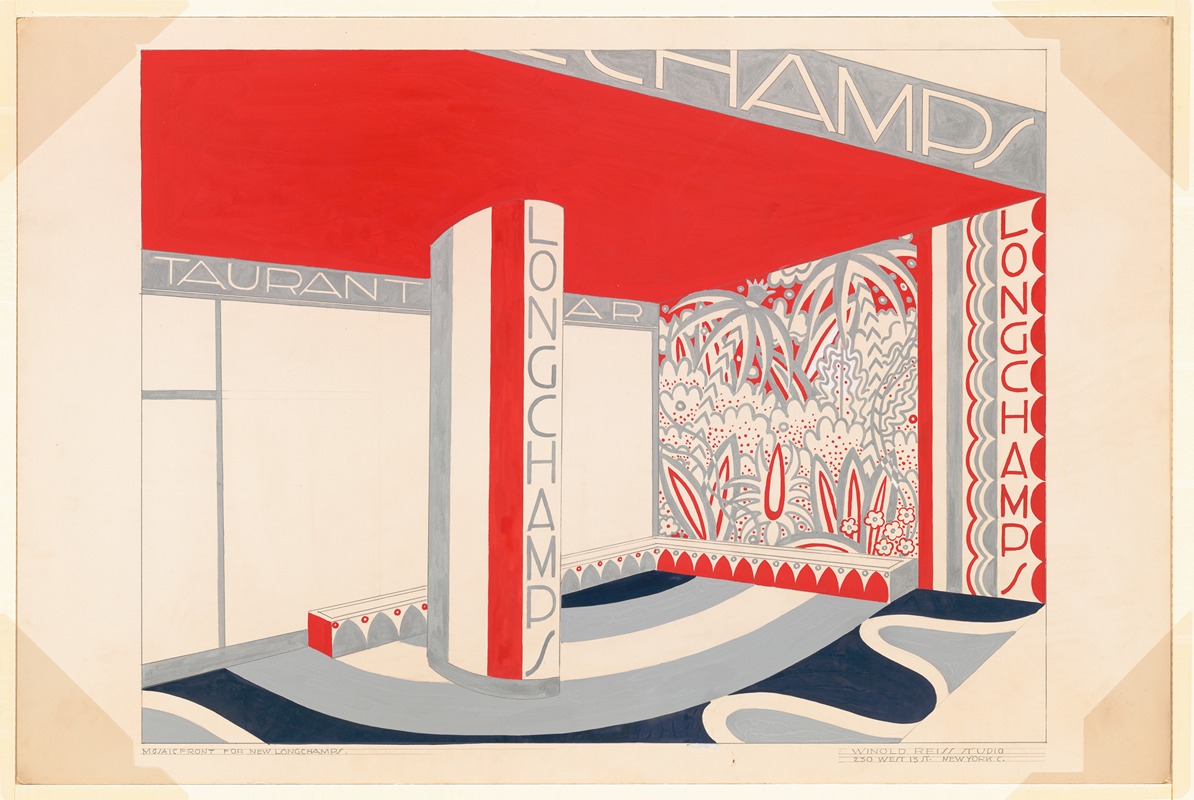
[Design drawing for Manhattan House Longchamps Restaurant, corner of 3rd Avenue and 65th Street, New York, NY.] [Study for mosaic front
A hand-painted replica of Winold Reiss’s masterpiece [Design drawing for Manhattan House Longchamps Restaurant, corner of 3rd Avenue and 65th Street, New York, NY.] [Study for mosaic front, meticulously crafted by professional artists to capture the true essence of the original. Each piece is created with museum-quality canvas and rare mineral pigments, carefully painted by experienced artists with delicate brushstrokes and rich, layered colors to perfectly recreate the texture of the original artwork. Unlike machine-printed reproductions, this hand-painted version brings the painting to life, infused with the artist’s emotions and skill in every stroke. Whether for personal collection or home decoration, it instantly elevates the artistic atmosphere of any space.
Winold Reiss was a German-American artist and designer known for his work in portraiture, graphic design, and interior decoration. Born in Germany in 1886, Reiss immigrated to the United States in 1913, where he became a prominent figure in the American art scene, particularly noted for his contributions to modernist design and his depictions of diverse American cultures.
The design drawing for the Manhattan House Longchamps Restaurant, located at the corner of 3rd Avenue and 65th Street in New York City, is one of Reiss's notable works. This particular piece is a study for a mosaic front, showcasing Reiss's skill in integrating art with architectural elements. The Longchamps chain of restaurants was well-known in New York during the mid-20th century, celebrated for its distinctive interiors and upscale dining experience. Reiss's involvement in designing the mosaic front for the Longchamps Restaurant reflects his expertise in creating visually striking and culturally resonant public spaces.
Reiss's design for the mosaic front would have been part of a broader trend during the early to mid-20th century, where artists and architects collaborated to produce cohesive and immersive environments. His work often incorporated vibrant colors and geometric patterns, drawing inspiration from various cultural motifs. This approach was consistent with the Art Deco movement, which emphasized bold designs and luxurious materials, aligning with the aesthetic preferences of the period.
Reiss was particularly known for his ability to blend artistic traditions from different cultures, a skill likely reflected in the mosaic design for the Longchamps Restaurant. His work often celebrated diversity and sought to bring elements of different cultural heritages into dialogue with one another. This was evident in his portraits of Native Americans and African Americans, as well as in his decorative work, which frequently included motifs inspired by non-Western art.
The Manhattan House Longchamps Restaurant project would have been one of many commissions Reiss undertook in New York City, a hub for artistic innovation and cultural exchange during his career. His contributions to the city's architectural landscape were significant, as he worked on various projects that integrated art into everyday spaces, enhancing the urban environment with his distinctive style.
Reiss's legacy is marked by his commitment to cross-cultural representation and his innovative approach to design. His work on the Longchamps Restaurant mosaic front exemplifies his ability to create art that is both aesthetically pleasing and culturally meaningful. While specific details about the mosaic's design and execution may not be extensively documented, Reiss's reputation as a skilled designer and his influence on American art and architecture remain well-recognized.
Overall, Winold Reiss's design for the Manhattan House Longchamps Restaurant mosaic front stands as a testament to his artistic vision and his role in shaping the visual culture of New York City in the 20th century. His work continues to be appreciated for its artistic merit and its contribution to the rich tapestry of American design history.





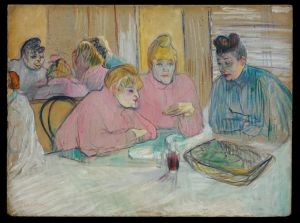
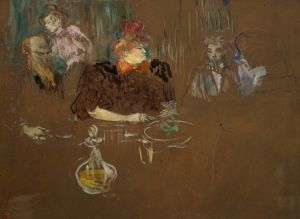

![Graphic designs for Longchamps Restaurants.] [Cocktail card](/imgs/249257/s/winold-reiss-graphic-designs-for-longchamps-restaurants-cocktail-card-a188d857.jpg)
![[Design for mural in unidentified bar or restaurant.] [Study for mural]](/imgs/249261/s/winold-reiss-design-for-mural-in-unidentified-bar-or-restaurant-study-for-mural-93fd9e8e.jpg)
![[Miscellaneous small sketches for inlaid table tops.] [Design with dancing couple motif](/imgs/249270/s/winold-reiss-miscellaneous-small-sketches-for-inlaid-table-tops-design-with-dancing-couple-motif-21782590.jpg)
![Design drawings for Community Coffee Shops, Wilkes-Barre, PA.] [Proposed doors and lighting fixtures, Lumiline light fixture and door, elevations and plan](/imgs/249274/s/winold-reiss-design-drawings-for-community-coffee-shops-wilkesbarre-pa-proposed-doors-and-lighting-fixtures-lumiline-light-fixture-and-door-elevations-and-plan-c8102872.jpg)
![Design for unidentified bedroom with canopy bed.] [Interior perspective elevation](/imgs/249297/s/winold-reiss-design-for-unidentified-bedroom-with-canopy-bed-interior-perspective-elevation-72bee5bc.jpg)
![Designs for Modern Hotel Suite, Du Pont Biltmore Hotel, Wilmington, Delaware.] Colour chart for Suite 210](/imgs/249317/s/winold-reiss-designs-for-modern-hotel-suite-du-pont-biltmore-hotel-wilmington-delaware-colour-chart-for-suite-210-70bfb090.jpg)
![Interior perspective studies for Restaurant Crillon, 15 East 48th Street, New York, NY.] [Study for Batik Room or Main Dining Room](/imgs/249377/s/winold-reiss-interior-perspective-studies-for-restaurant-crillon-15-east-48th-street-new-york-ny-study-for-batik-room-or-main-dining-room-f49c2d45.jpg)
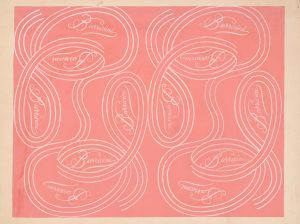

![Miscellaneous interior details.] [Details, figural doodles, and notations](/imgs/249484/s/winold-reiss-miscellaneous-interior-details-details-figural-doodles-and-notations-42b25d95.jpg)
